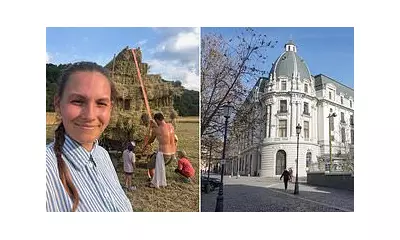
Twenty-five years after the Good Friday Agreement brought an end to decades of violent conflict in Northern Ireland, Belfast's physical divisions persist in the form of towering 'peace walls' that separate predominantly Catholic and Protestant communities.
These barriers, some standing over 6 metres tall and extending for miles, were originally erected as temporary measures during the Troubles to prevent sectarian violence. Yet today, more than 60 such structures remain across the city - a sobering testament to enduring tensions beneath the surface of peace.
The Walls That Won't Come Down
Local resident Michael Doherty, who has lived near a peace wall in West Belfast for 40 years, reflects: "We've made progress in many ways, but these walls tell a different story. My grandchildren are growing up with the same divisions I knew as a boy."
Recent surveys reveal complex public attitudes:
- 69% of residents living near peace walls believe they're still necessary for safety
- 58% would like to see them removed eventually
- Only 35% feel their community is ready for the walls to come down now
Political Stalemate and Future Prospects
The Northern Ireland Executive's 2013 commitment to remove all peace walls by 2023 has clearly failed to materialise. Political analysts point to several factors:
- The collapse of power-sharing government at Stormont for significant periods
- Ongoing tensions around Brexit and the Northern Ireland Protocol
- Persisting segregation in housing and education
Community worker Siobhán O'Neill notes: "The walls are both physical and psychological. Until we address the underlying issues of trust and shared identity, their removal risks being merely cosmetic."
As Belfast looks toward its future, the peace walls stand as both a reminder of how far the city has come and how much further it has yet to go in building a truly shared society.





